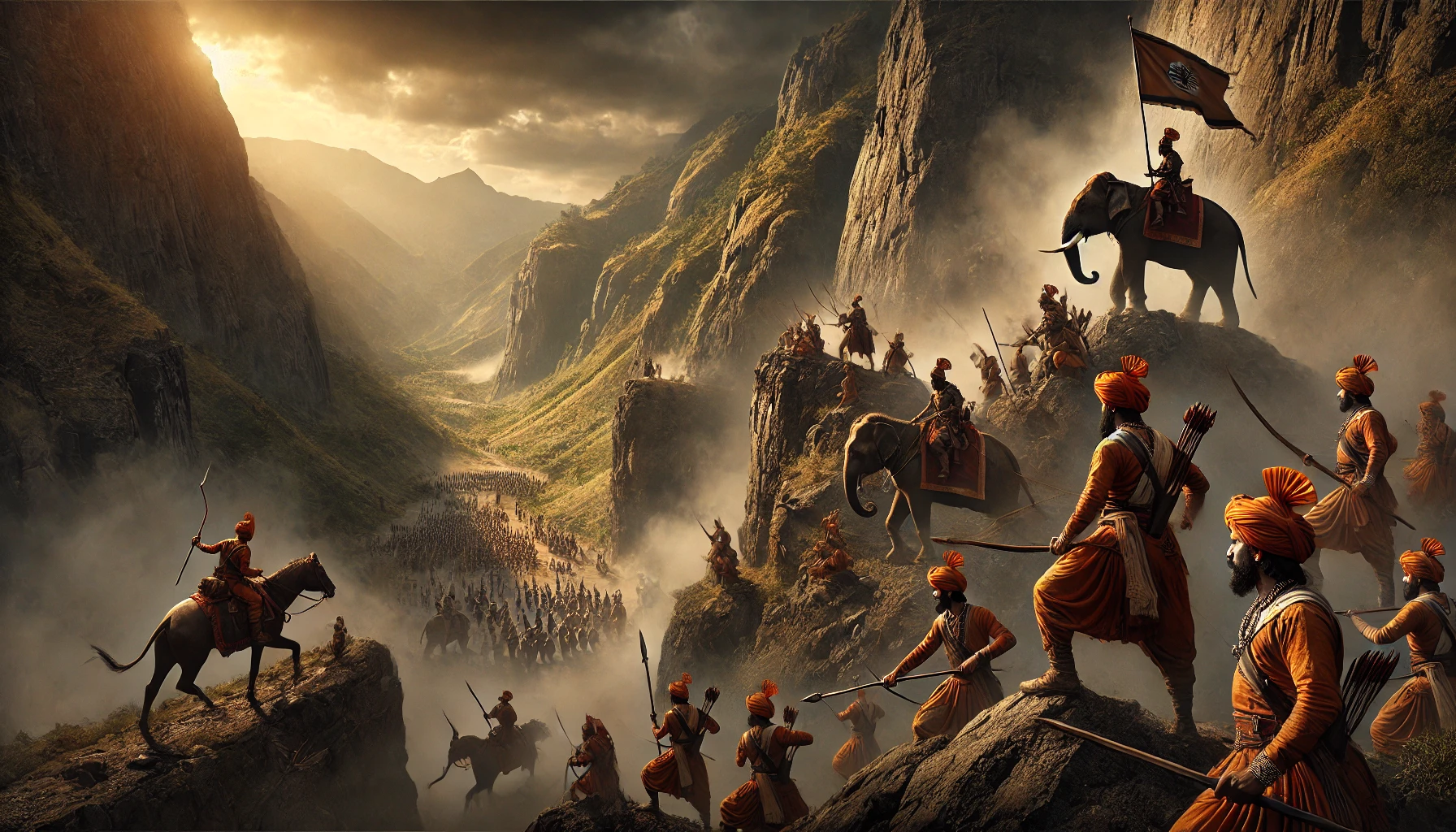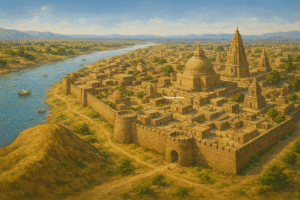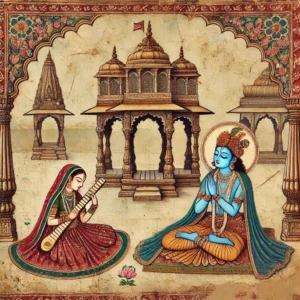Mughal-Maratha Conflict: How the Marathas Took Over and Established Hindu Swarajya
The Mughal-Maratha conflicts shaped the course of Indian history, marking the decline of the once-mighty Mughal Empire and the rise of the Maratha Empire. Spanning over a century, these clashes eventually led to the establishment of Hindu Swarajya, fulfilling the vision of Chhatrapati Shivaji Maharaj. The Mughal-Maratha conflicts spanned from 1647 to 1818—a total of 171 years.
Early Clashes: Shivaji vs. The Mughals (1647–1680)
The origins of the Mughal-Maratha struggle can be traced to the rise of Shivaji in the mid-17th century. Shivaji, a dynamic leader and a master strategist, initiated his campaign to establish Swarajya (self-rule) by capturing forts and challenging the authority of the Mughals in the Deccan.

1647-1659: Shivaji began his conquests, taking forts from the Adilshahi and Mughal forces.
1659-1665: His skirmishes with Mughal governors intensified, leading to significant territorial gains.
1665 – Treaty of Purandar: Mughal commander Raja Jai Singh forced Shivaji to sign a treaty, surrendering forts. However, Shivaji later escaped and reasserted his control.
1670: Shivaji launched a major reconquest campaign, reclaiming lost territories and forts.
1680: Shivaji’s death marked a temporary setback, but his legacy continued through his son, Sambhaji.
The War Under Sambhaji (1681–1689)
Emperor Aurangzeb personally led a massive military campaign to crush the Marathas, leading to a prolonged conflict. Sambhaji, Shivaji’s successor, resisted fiercely but was eventually captured and executed in 1689. However, instead of quelling the Maratha spirit, his martyrdom ignited an even stronger resistance under Rajaram and Tarabai.
Maratha Resistance and Expansion (1689–1707)
Despite losing their leader, the Marathas did not surrender. Instead, they adapted to guerrilla warfare tactics, harassing Mughal forces and making their occupation of the Deccan untenable.
1689-1707: The Marathas, under the leadership of Rajaram and later his widow Tarabai, continued their relentless struggle.
1707: Aurangzeb’s death after a futile 27-year campaign in the Deccan marked the beginning of the Mughal decline. The empire was left severely weakened.
Maratha Retaliation and Northern Campaigns (1707–1761)
With Aurangzeb gone, the Marathas, now under Chhatrapati Shahu and Peshwa Balaji Vishwanath, shifted from defense to offense, expanding their influence beyond the Deccan.
1707-1719: The Marathas gained political influence in Delhi, extracting concessions from the Mughals.
1720-1740: Under Peshwa Baji Rao I, the Marathas expanded into North India, effectively replacing the Mughals as the dominant power.
1737 – Battle of Delhi: The Marathas decisively defeated the Mughals and gained control over their key territories.
1740-1761: The Marathas established their supremacy, reducing the Mughal emperors to mere figureheads.
1761 – Third Battle of Panipat: A temporary setback against the Afghan ruler Ahmad Shah Abdali halted Maratha expansion but did not diminish their power entirely.
Maratha Supremacy and Mughal Decline (1761–1818)
Even after Panipat, the Marathas regrouped and continued their influence over Mughal affairs. By the late 18th century, they had effectively taken control of the Mughal throne.
1770-1800: The Marathas reinstated Mughal emperor Shah Alam II under their protection.
1803-1818: British forces eventually defeated the Marathas, marking the rise of British colonial rule in India.
How the Marathas Took Over from the Mughals
Several factors contributed to the Maratha victory over the Mughals:
Guerrilla Warfare: Unlike the Mughals, who relied on large standing armies, the Marathas employed mobile, swift, and tactical warfare to exhaust their enemies.
Decentralized Power: The Marathas had multiple leaders operating independently, making it difficult for the Mughals to crush them completely.
Peshwa System: The administrative and military strategies of the Peshwas helped expand and consolidate Maratha rule.
Control of Delhi: By the mid-18th century, the Marathas had taken effective control of the Mughal court, turning the emperors into their puppets.
Mughal Weakness: The long, exhausting wars with the Marathas drained the Mughal treasury and military, leaving them vulnerable to external threats like the British and Afghans.
The Legacy of Hindu Swarajya
The Maratha success against the Mughals was a remarkable achievement, fulfilling Shivaji’s vision of Hindu Swarajya. Though the British eventually took over, the Marathas played a crucial role in dismantling Mughal rule in India. Their legacy remains a testament to the resilience and determination of the Indian spirit, shaping the course of history for generations to come.
The Mughal-Maratha conflicts were not just military battles but a larger struggle for sovereignty and self-rule. The Marathas not only defeated the Mughals but also paved the way for a new era in Indian history—one defined by native rule rather than foreign domination.






